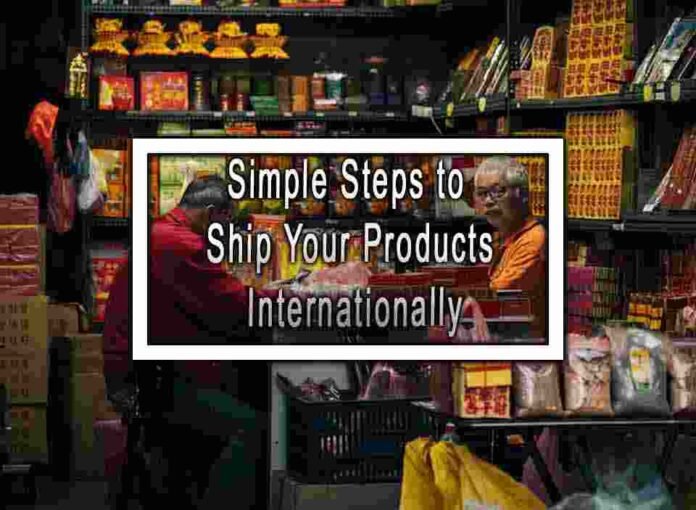Shipping products internationally can seem daunting, but by following these simple steps, you can streamline the process:
1. Research import/export regulations
Start by researching the import/export regulations and requirements of the country you intend to ship your products to. Each country has its own set of rules regarding customs, duties, taxes, prohibited items, and documentation. Ensure that your products comply with the destination country’s regulations to avoid any legal issues.
2. Choose a shipping method
Evaluate different shipping methods to determine the most suitable one for your needs. Options include postal services, courier services (such as DHL, FedEx, or UPS), freight forwarding, or partnering with a fulfillment company. Consider factors like speed, cost, tracking capabilities, and insurance coverage when selecting a shipping method.
3. Package your products securely
Proper packaging is crucial to ensure your products arrive safely. Use sturdy boxes or packaging materials that can withstand the rigors of international shipping. Consider adding cushioning materials like bubble wrap or packing peanuts to protect fragile items. If necessary, include proper labeling and warnings based on the destination country’s regulations.
4. Complete customs documentation
Prepare the necessary customs documentation accurately and comprehensively. Common documents include commercial invoices, packing lists, certificates of origin, and any other required permits or licenses. Provide detailed information about your products, including their description, quantity, value, and country of origin. Research and include any additional documentation specific to the destination country.

5. Calculate duties and taxes
Determine the applicable duties, taxes, and customs fees for your products in the destination country. This information can typically be obtained from customs authorities or shipping carriers. Factor in these costs when pricing your products or communicating with customers. You may need to work with a customs broker or seek professional advice to accurately calculate and handle these charges.
6. Arrange shipping and tracking
Once your products are packaged and the documentation is prepared, arrange for shipping with your chosen shipping method. Ensure that you obtain a tracking number or shipping receipt to monitor the progress of your shipment. Share this information with your customer, if applicable, so they can track their package as well.
7. Communicate with your customer
Keep your customer informed about the shipping process. Provide them with the tracking number, estimated delivery time, and any other relevant information. Address any questions or concerns they may have promptly to maintain good customer service.
8. Monitor customs clearance
Stay updated on the progress of customs clearance in the destination country. Be prepared to provide additional information or clarification if required. In some cases, customs may hold the package for inspection or assessment of duties and taxes. Stay in contact with your shipping carrier or customs broker to ensure a smooth clearance process.
9. Follow up and handle returns
After the package is delivered, follow up with your customer to ensure satisfaction and address any issues that may arise. Be prepared to handle returns or exchanges according to your company’s policies and procedures.
By following these steps, you can navigate the international shipping process more effectively and ensure a positive experience for both you and your customers.










